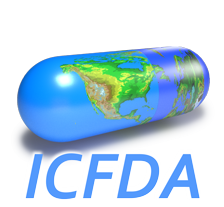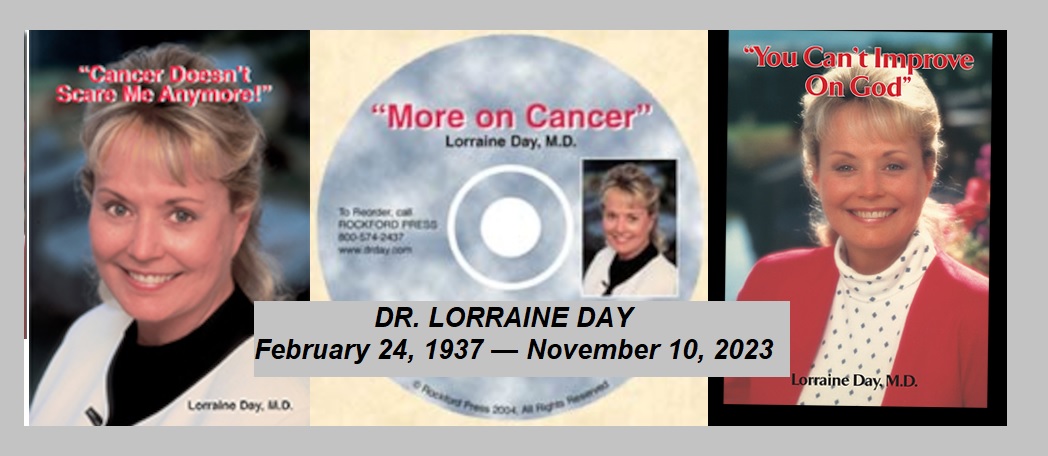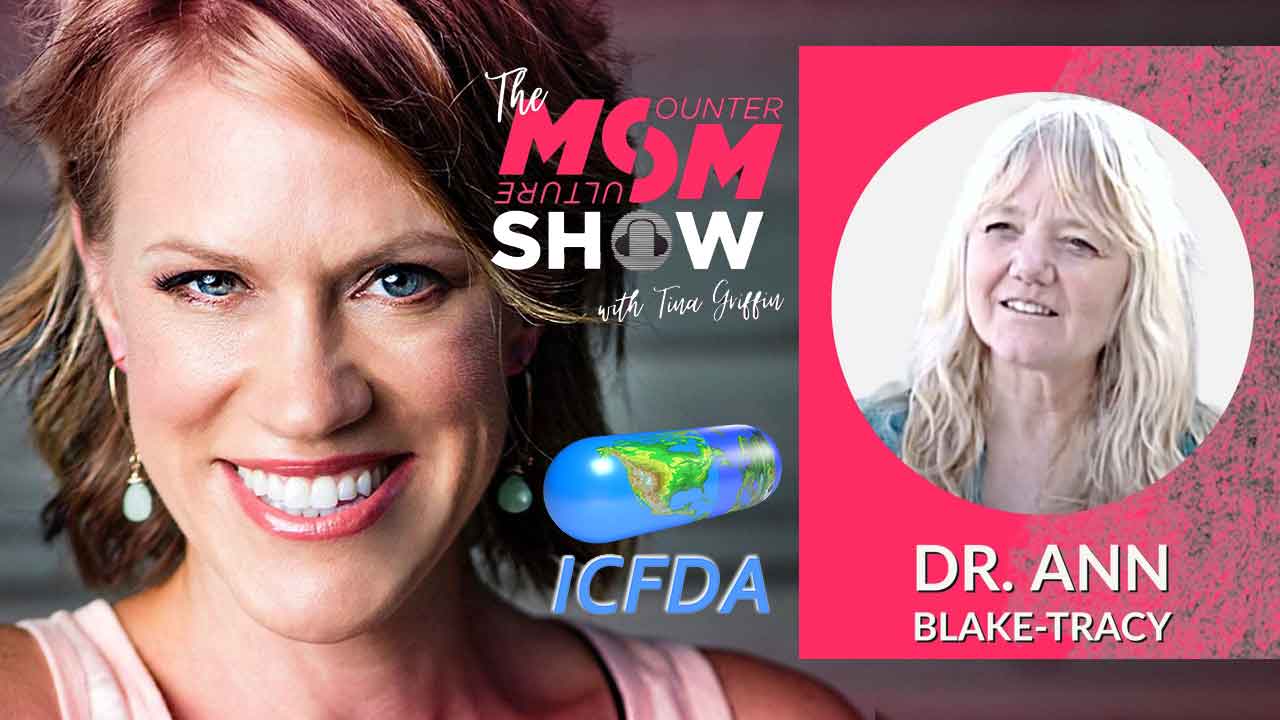This situation is only getting worse and fast! This incredible article by the
Boston Globe shows us the dangerous potential in using our babies as guinea
pigs. As I said in my article “Our Next Generation of Medical Guinea Pigs –
Our Prozac, Zoloft, and Paxil Babies,” warning of this and written two years
ago, “If witnessing our children suffer like this is not enough to wake us up
to this nightmare, I DO NOT WANT TO SEE WHAT IT WILL TAKE TO WAKE US UP!!!!”
This time I made sure to include a link so that if the article is cut off,
you can go to the original Boston Globe site and finish reading it. Please
share this with your family and friends.
Ann Blake-Tracy, Executive Director,
International Coalition For Drug Awareness
www.drugawareness.org
__________________________________________
http://www.boston.com/dailyglobe2/049/nation/Dangerous_dosageP.shtml
Dangerous dosage
To make pediatric medicine safer, thousands of children are being used to
test drugs originally designed for adults. Tragically, the side effects can
sometimes prove deadly
By Alice Dembner, Globe Staff, 2/18/2001
First in a series of occasional articles on medical trials involving children.
Gage Stevens might have taken his first steps that bleak morning in November
1999. And by his first birthday, he would probably have outgrown his one
persistent ailment – acid reflux. Instead, he lay in the Allegheny County,
Pa., morgue.
His mother, Gretchen Stewart, had taken him to a specialist at Children’s
Hospital of Pittsburgh the spring before he died, seeking to ease the baby’s
crying as the acid irritated his esophagus. Dr. Susan Orenstein recommended
Gage enter a study she was running to find ”the safest, most effective
treatment for esophagitis in infants” using the ”best available”
medications, according to the consent form Stewart signed.
But the experimental treatment triggered a heart rhythm disturbance that
killed the 9-month-old, the coroner found. By that time, the key drug,
Propulsid, had also been linked to many adult deaths.
”They told me they were just trying to see how effective it was. Had I known
it was a dangerous drug, I would never have let him take it. Who in their
right mind would?” said Stewart of Homestead, Pa., who has filed a wrongful
death suit against the doctor, the hospital, and the drug’s maker, Janssen
Pharmaceutica.
Medical experiments across the country appear to have killed at least eight
children and subjected hundreds more to harmful side effects in the last
seven years, according to an investigation by The Boston Globe. These
tragedies, ethicists suggest, are a harbinger of troubles ahead as a federal
push to test more medicines in children kicks into high gear this year.
An estimated 45,000 children are participating in industry-sponsored testing
of new drugs, up from about 16,000 in 1997, according to Christopher-Paul
Milne, senior research fellow at the Tufts University Center for the Study of
Drug Development. ”Although researchers are looking pretty hard at the
ethical issues, there’s greater risk if you increase the number of children
being studied,” he said.
The rush to experiment on children has been triggered by federal initiatives
intended to improve the safety of drugs for children. Three-quarters of the
medicines used in children have never been fully tested for safety and
effectiveness in them, including heavily prescribed drugs such as the asthma
medication Albuterol. And children have been hurt when doctors lacking that
information prescribed inappropriate doses of drugs marketed for adults.
In response to appeals from pediatricians, since late 1997, Congress has
offered drug companies a lucrative six-month extension of patents on drugs
already on the market if they test them on children. Also, as of last
December, Food and Drug Administration policy requires that any new drugs be
tested on children as well as adults.
Drug companies are already pouring an estimated $1 billion a year into
pediatric testing, according to CenterWatch of Boston, which tracks the
industry. The additional sales of a single blockbuster drug during an extra
six months without competition from cheaper generics could offset that entire
investment.
The increase in pediatric research, which builds on a longer tradition of
testing children in cancer and AIDS research, has brought some benefits.
Since 1997, 14 drugs have been newly labeled with instructions for use in
children as a result of the push, while studies on dozens more have been
completed and are awaiting review by the FDA. Many of the tests are safe and
ethical.
But an examination of research in children since 1994 shows that the potent
combination of vulnerable children, ambitious researchers, potential profits,
and weak oversight can hold great peril for those children. From deadly
infections in Memphis to a troubling misdiagnosis in Arkansas, children have
suffered in the name of science.
In the case of Propulsid, the manufacturer, the doctor, and Children’s
Hospital deny that the drug caused Gage’s death.
”We believe it’s not possible to establish a direct causal relationship with
the administration of the drug. We learned that the infant had been brought
to the ER several days prior [to his death] with serious respiratory
illness,” said Janssen spokesman Greg Panico.
However, county coroner Cyril Wecht is convinced that a reaction to the drug
– not a respiratory problem – killed the child. Although autopsy can never
prove arrhythmia, he said he ruled out all other possible causes.
”We’re satisfied that … we are not acting prematurely, unwisely, unfairly,
or unscientifically,” said Wecht, who is also a nationally known commentator
on high-profile cases.
Moreover, Propulsid was linked to potentially dangerous heart rhythm problems
even before it was approved for adult use in 1993. By 1997, as doctors
increasingly used their discretion to prescribe Propulsid to children despite
the lack of federal approval, the FDA stepped in. Armed with reports of
cardiac deaths of three young children taking Propulsid, regulators suggested
that Janssen test the drug in children or provide a stronger warning label.
Janssen provided the warning label but held off on its own large trials,
instead providing the drug free to researchers, including Dr. Orenstein in
Pittsburgh. Orenstein enrolled about 100 children in her study, which
compared Propulsid given with and without another drug, Tagamet, against a
placebo.
Neither Orenstein nor her lawyer responded to requests for interviews and
hospital officials declined to explain why the study was conducted in a way
that seemed contrary to the FDA warning that Tagamet might increase
Propulsid’s heart risk.
In the months after Gage’s death, the FDA received reports of more than 100
cardiac deaths in people taking Propulsid, including 19 children whose
doctors had prescribed it. Janssen pulled it from the market last July.
”The country is still learning how to study children ethically,” said
Robert Ward, chairman of the American Academy of Pediatrics Committee on
Drugs, stressing that he could not comment directly on the Propulsid case.
Cancer centers have been at the forefront of clinical testing in children,
with long-standing research programs for all forms of the disease. But even
they may not set the best example, despite good intentions.
Three children died of complications in an experiment at the internationally
known St. Jude Children’s Research Hospital in Memphis in 1998 and 1999, as
researchers tried to improve the five-year ”cure rate” for acute
lymphoblastic leukemia, normally one of the most treatable forms of the blood
cancer.
The children, whom the hospital declined to identify, died of infections or
seizures apparently caused by the first phase of the multifaceted drug and
radiation experiment, according to Dr. William Evans, the hospital’s
executive vice president. The death rate in the first phase of the trial,
three of 53 children, was double the usual rate.
Inspectors with the federal research protection office, acting on a
complaint, faulted the hospital for failing to report the deaths promptly
both to the government and to the hospital’s ethical review board, so they
could decide if other children’s lives were at risk.
An independent review, required by the government, later concluded that the
hospital did not unjustifiably delay reporting the deaths and tried to adjust
the experiment to make it safer. Nonetheless, with the deaths still
unexplained, the hospital abandoned the study and agreed to hire an ombudsman
for patients in future studies.
”We have since modified the treatment and had no problems,” said the lead
researcher, Dr. Ching-Hon Pui, who declined to talk in detail about what
happened, saying, ”I still feel bad and I don’t want to refresh my memory.”
Even when cancer researchers know that an experiment may increase the child’s
risk of death, it’s not clear that they always fully inform the children or
their parents.
Two children died suddenly and two more suffered life-threatening infections
in the first phase of a leukemia experiment conducted in 2000 – nine years
after researchers at Dana-Farber Cancer Institute in Boston warned of an
unusually high rate of death and infection in similar chemotherapy.
Among the first 32 children enrolled in the Pediatric Oncology Group study at
sites across the United States, Canada, and Europe, a 10-year-old girl died
from a fungal infection and a 5-year-old girl succumbed to a septic
infection. In addition, a 12-year-old went into shock and a 19-month-old
suffered a brain inflammation, according to a study report.
Researchers at Dana-Farber had warned about just such a tragedy from using
the same drug, dexamethasone, in a four-drug combination during the first
stage of treatment for acute lymphoblastic leukemia. ”The toxicity
associated with dexamethasone used during induction therapy outweighed its
potential benefits,” the Dana-Farber researchers wrote in the journal Cancer
last April, spelling out their earlier warning.
But doctors at the Pediatric Oncology Group, with the approval of the
National Cancer Institute, believed that a change in an antibiotic prescribed
along with dexamethasone would prevent a recurrence of the toxic reactions in
Boston.
Looking back, Dr. William Bowman, the study chairman, said he wasn’t sure
whether the children and their parents were told of the specific risk
suggested by the Boston study. They were warned, he said, about the usual
risk of death during the induction phase for this type of leukemia – about 2
percent. In this case, the death rate was three times higher.
Ultimately, the Pediatric Oncology Group substituted another drug for the
dexamethasone in the first phase. ”We didn’t want to take the risk any
longer,” Bowman said.
Today, other researchers are reluctant to criticize Bowman’s team, since
dexamethasone shows such promise against cancer. ”Part of our task is to
fine-tune how we use these drugs in an attempt to improve outcomes. Sometimes
very small changes have adverse outcomes and sometimes they have positive
outcomes,” said Dr. Stephen E. Sallan, chief of staff at Dana-Farber.
But Boston University medical ethicist Leonard Glantz said the doctors should
have spelled out the risks and alternatives for the parents. ”Certainly
parents should be told when you have a responsible medical authority who
thinks the risks of a particular regime are especially high. It appears there
were some alternatives that reasonable scientists would argue were less risky
for the children.”
There is strong reason to believe that deaths and injuries in research
involving children are more widespread than what is reported to government
offices that handle complaints. For one thing, parents of children with
serious diseases often see drug trials as their best option and are less
likely to complain later if something goes wrong. In addition, many parents
erroneously believe signing a consent form detailing the risks of the
experiment means giving up their right to a remedy.
”They think if something negative happened, `Well, I accepted it and I have
nothing to complain about,”’ said Abbey Meyers, president of the National
Organization for Rare Disorders, a patient advocacy group.
Adding to the difficulty of assessing the scope of research injuries, neither
drug companies nor the FDA typically release information about problems in
drug trials, unless the drug is approved. And even after approval, the FDA
drags its feet in releasing details of the trials. Moreover, there is no
national effort to track the testing of children or any central review of the
reports of side effects.
”It’s likely we wouldn’t be aware of it unless a patient or their parents
brought it to public attention or there was an investigation by [the US
Department of] Health and Human Services. Things could happen very easily and
no one would know about it,” said Dr. Ralph E. Kauffman, director of
research at Children’s Mercy Hospital in Kansas City, Mo., and a leader of
the movement to test drugs in children.
Kauffman, like many researchers, believes that the new testing program is
much safer than the current system in which doctors prescribe drugs without
knowing their effects. ”The risk to a child in a well-run clinical study is
much less than the risk of a child receiving that drug in a doctor’s office
without specific information on dosing,” he said.
For instance, the antibiotic chloramphenicol was widely used for infections
in premature infants until a study in 1959 discovered that babies were unable
to metabolize the drug and it was killing them. The drug had only been
approved for use in adults for infections resistant to penicillin.
Such problems led the American Academy of Pediatrics to campaign for testing
of drugs in children in the late 1970s. But drug companies resisted, citing
the difficulties of finding qualified researchers and parents willing to
volunteer their children as well as the legal liabilities. While a few
companies pursued the pediatric drug market, many saw no financial reason to
do so since drugs approved for adults could be legally prescribed to children.
But an act of Congress in 1997, giving companies financial incentives to test
drugs in children, has led to a flood of testing. Milne, of Tufts, estimates
600 industry-funded studies are underway, double the number in 1997.
The initiative has spurred the creation of a testing infrastructure,
including government-supported centers around the country. In New England,
Yale University houses one center, where 10 studies are ongoing. New England
is also home to two other big players in the private sector – Parexel
International of Waltham, a contract research organization that recently
established a pediatric division, and Kelson Pediatric Partners of Hartford,
which says it has developed a network of pediatric researchers with access to
a pool of 120,000 children. Boston’s academic medical centers have seen a
small increase in testing.
So far, there are no indications of abuses of the magnitude of those at the
Fernald State School in Waltham during the 1940s and 1950s when retarded
children were given radiation-spiked cereal in a test sponsored by MIT and
Quaker Oats.
But there are plenty of troubling examples of research that demonstrate weak
oversight of the burgeoning wave of studies.
In the case of Propulsid, the FDA finally took Dr. Orenstein to task for
numerous failings in her study. But its review came five months after Gage
Stevens died.
FDA investigators found she failed to report to her hospital review board a
number of earlier problems resulting from the drugs, including the case of a
baby who had to be hospitalized when he briefly stopped breathing.
In addition, the FDA noted egregious errors in the consent form that the
Stevens family signed, including the incorrect claim that Propulsid had been
approved for use in children and a failure to spell out known risks.
Stewart and her husband, Scott Stevens, filed a wrongful death suit last
September that also accuses



